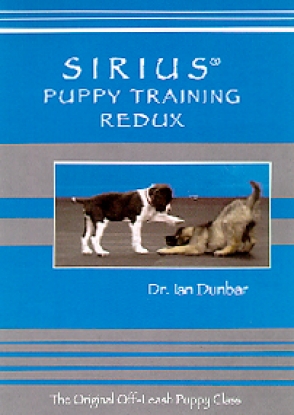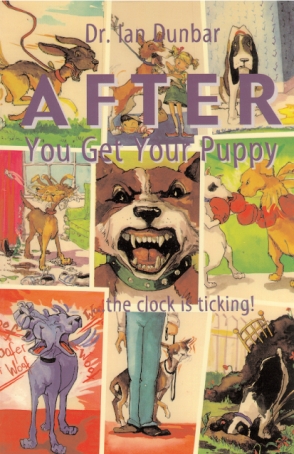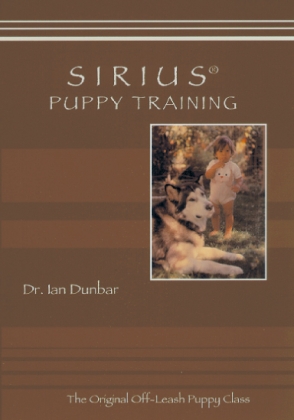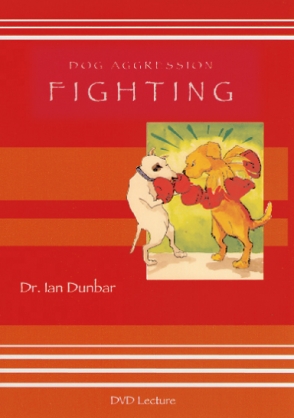Learn how to run a puppy class the SIRIUS way, using the off-leash, lure/reward, dog-friendly training methods that have made the SIRIUS philosophy the hallmark of pet dog training.
Non-Aversive Punishment
Even though efficient and effective feed-back is binary and comprises rewards and punishments, few trainers punish. Some trainers do not want to punish at all because they think that punishments are unpleasant and inhumane and other trainers use aversive stimuli intended as punishment but all too often, ineffective.
It is assumed that all punishments are aversive and that all aversive stimuli are punishing. However, neither of these assumptions is true. Once we realize that “punishment” and “aversive” are not necessarily synonymous, we realize we have four combinations.
1. Non-Aversive and Non-Punishing
2. Aversive and Non-Punishing
3. Aversive and Punishing
4. Non-Aversive and Punishing
1. Non-Aversive and Non-Punishing “feedback” is basically nagging — very common in dog training and interpersonal relationships. Not necessarily damaging to the dog’s psyche but certainly ineffective at changing behavior.
2. In sharp distinction, Aversive and Non-Punishing stimuli, literally cleave the dog’s brain and dismantle the dog/human relationship. It is assumed that all aversive stimuli are punishing. However, most are not.
A punishment is defined as a stimulus that decreases the frequency of the immediately preceding behavior such that it is less likely to occur in the future. Frequent use of an aversive stimulus is proof that it is not working and therefore, cannot be defined as punishment. Instead, when aversive stimuli are not punishing, depending on their severity, they are either harassment or abuse.
Without a doubt, the majority of reprimands (especially ugly-tone, shouted, non-instructive reprimands) and most aversive stimuli, such as leash-jerks, grabs, smacks and shocks are not punishment. Aversive yes, but not having the desired effect of reducing unwanted behavior, they cannot be defined as punishment. The two biggest clues that aversive stimuli are non-punishing are their frequent and continued use and that the trainer tries to compensate for ineffectiveness by increasing the severity of the aversive.
3. Although many people think that Aversive Punishments are used ubiquitously, it is actually untrue. When a trainer effectively uses aversive punishments, you only get to see the unwanted behavior and the aversive punishment just a couple of times and then the aversive punishment tool is quickly phased out. Punishment is no longer necessary because the dog no longer misbehaves. However, we see this very occasionally. Instead we see an abundance of grabs, smacks, jerks and shocks — aversive stimuli that are non-punishing.
4. Without a doubt, Non-Aversive Punishments are the way to go. Indeed, it is possible to effectively reduce unwanted behavior by using voice-only feedback AND by only using a soft and sweet tone. Gentle insistence is the name of the game.
If a dog does not comply when asked to sit in a play session, for example, simply insist that she does so. Continually, repeat the command in a gentle, insistent voice, “Rover Sit, sit, sit, sit…” and when she eventually sits, say, “Thank you” and now that you have the dog’s attention, ask her to come-fore and sit once more. When the dog sits following a single command, profusely praise, offer a food reward and say, “Go Play”.
The first sit, required five repetitions of the sit-command. However, with each repetition, the number of required commands progressively decreases with each trial until eventually, the dog sits promptly following a single command. The secret to success is to never give up. The dog learns that she has to sit following a single command before being allowed to play once more.
This technique is extremely effective, works surprisingly quickly, and prevents the need for physical restraint or aversive punishment. The dog learns that she has to pay attention and follow our instructions to sit promptly following a single command before being allowed to resume playing. And once you have voice control, your dog can safely enjoy off-leash romps.










